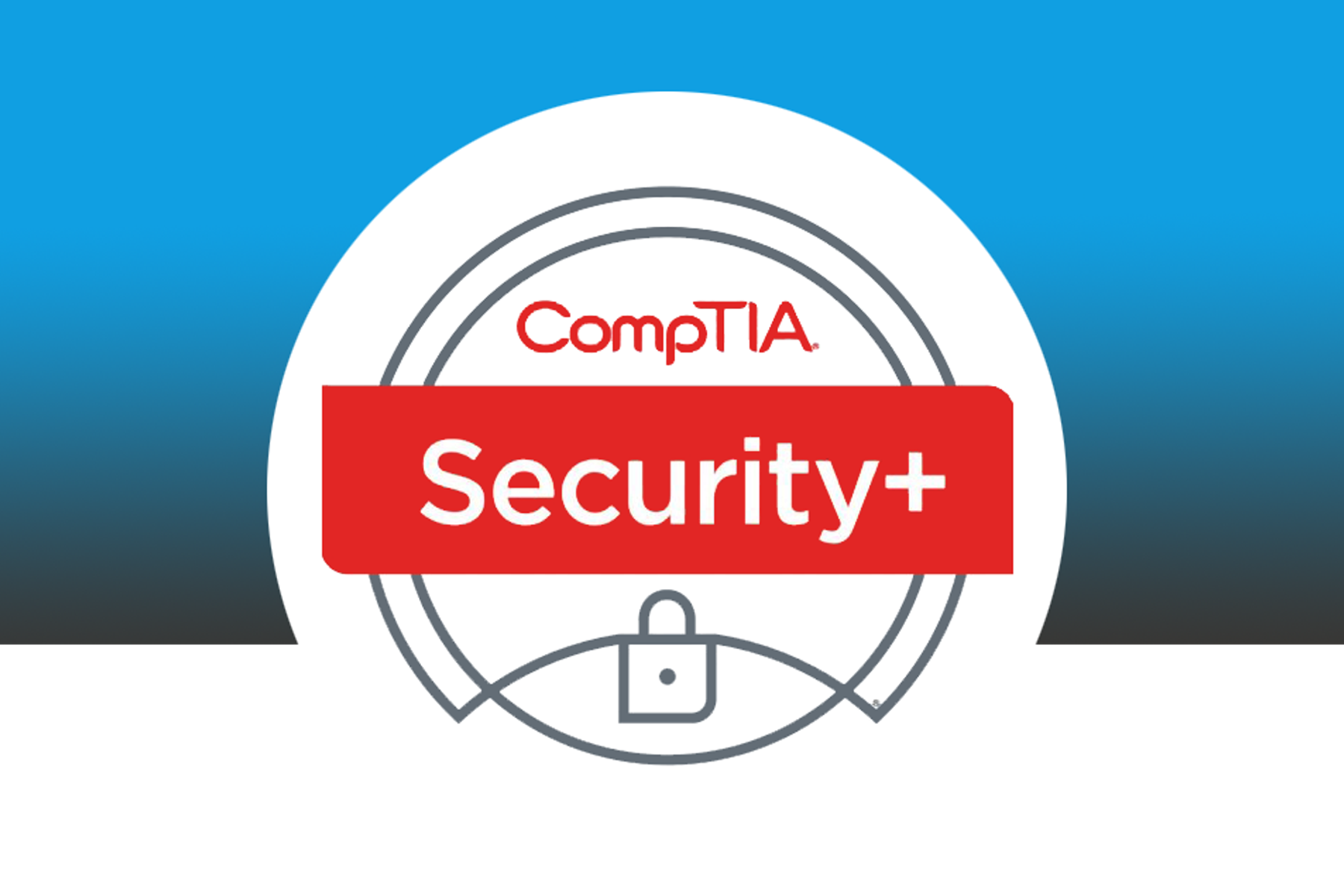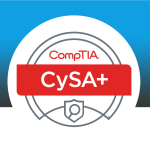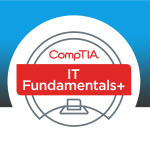Overview:
- The threats of the digital age are rapidly evolving as more businesses
become reliant on technology to manage day-to-day activities. - Hiring professionals with cybersecurity certifications and credentials are
integral to protecting information movement and storage. In turn, this
protects the integrity of the business and allows businesses to maintain a
competitive edge. - CompTIA is a leader in the global information technology ecosystem.
- Their CompTIA security+ certification is an ideal course for professionals
looking to build the skills needed to fortify an organization’s activities
across business size, industry, or location
Benefits:
- Getting CompTIA-SY0-601 Security+ certified is beneficial to both the hiring organization and the professional getting certified.
- CompTIA Security+ is chosen by more corporations and defense
organizations than any other certification on the market to validate baseline security skills and for fulfilling the DoD 8570 compliance. - CompTIA Security+ also proves hands-on skills with its emphasis on practical applications and ensuring the security professional is better prepared to problem solve based on today’s complex issues.
- Getting CompTIA Security+ certified is beneficial to individuals in various technology-based roles as cybersecurity skills are helpful to have across the system, hardware, and software management.
- CompTIA Security+ is also aligned to the latest in cybersecurity trends and techniques.
The Main Topic of the Course:
- Domain 1: Attacks, Threats, and Vulnerabilities
- Domain 2: Architecture and Design
- Domain 3: Implementation
- Domain 4: Operations and Incident Response
- Domain 5: Governance, Risk, and Compliance
Course requirements:
- It is recommended professionals have a minimum of 24 months or two years of experience in networking support and IT administration.
- Candidates must also know how to use basic network terminology and functions along with an understanding of TCP/IP addressing, core protocols, and troubleshooting tools.
Course Outlines and Training Plan:
Domain 1: Attacks, Threats, and Vulnerabilities
- Compare and contrast different types of social engineering techniques.
- Given a scenario, analyze potential indicators to determine the type of attack
- Given a scenario, analyze potential indicators associated with application attacks.
- Given a scenario, analyze potential indicators associated with network attacks.
- Explain different threat actors, vectors, and intelligence sources.
- Explain the security concerns associated with various types of vulnerabilities.
- Summarize the techniques used in security assessments.
- Explain the techniques used in penetration testing.
Domain 2: Architecture and Design
- Explain the importance of security concepts in an enterprise environment.
- Summarize virtualization and cloud computing concepts.
- Summarize secure application development, deployment, and automation concepts.
- Summarize authentication and authorization design concepts.
- Given a scenario, implement cybersecurity resilience.
- Explain the security implications of embedded and specialized systems.
- Explain the importance of physical security controls.
- Summarize the basics of cryptographic concepts.
Domain 3: Implementation
- Given a scenario, implement secure protocols.
- Given a scenario, implement host or application security solutions
- Given a scenario, implement secure network designs.
- Given a scenario, install and configure wireless security settings.
- Given a scenario, implement secure mobile solutions.
- Given a scenario, apply cybersecurity solutions to the cloud.
- Given a scenario, implement identity and account management controls.
- Given a scenario, implement authentication and authorization solutions.
- Given a scenario, implement public key infrastructure.
Domain 4: Operations and Incident Response
- Given a scenario, use the appropriate tool to assess organizational security.
- Summarize the importance of policies, processes, and procedures for incident response.
- Given an incident, utilize appropriate data sources to support an investigation.
- Given an incident, apply mitigation techniques or controls to secure an environment.
- Explain the key aspects of digital forensics.
Domain 5: Governance, Risk, and Compliance
- Compare and contrast various types of controls.
- Explain the importance of applicable regulations, standards, or frameworks that impact organizational security posture.
- Explain the importance of policies to organizational security
- Summarize risk management processes and concepts.
- Explain privacy and sensitive data concepts in relation to security






